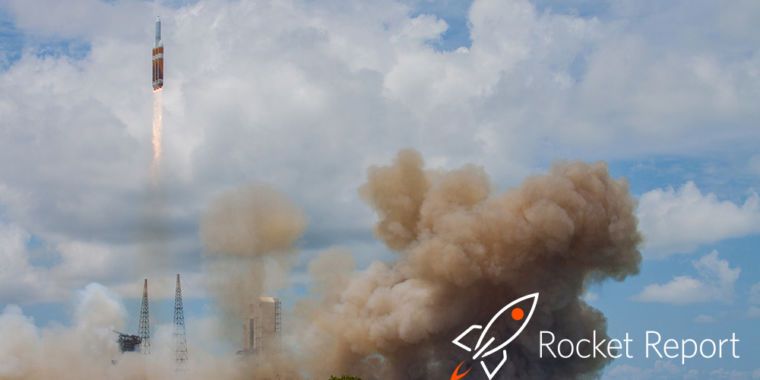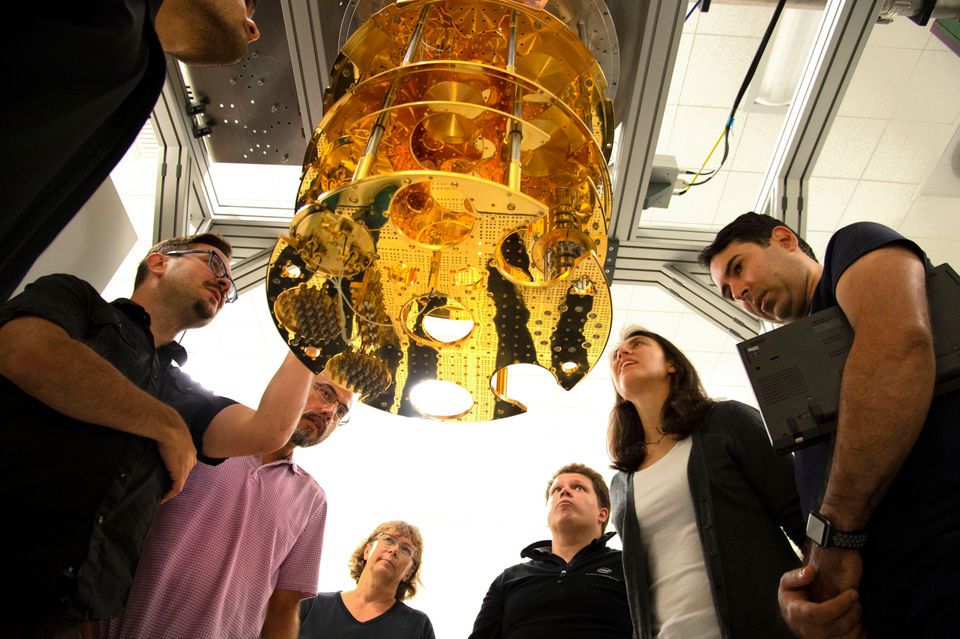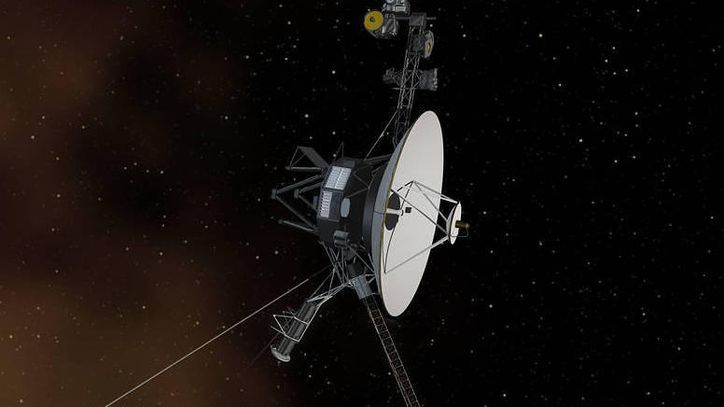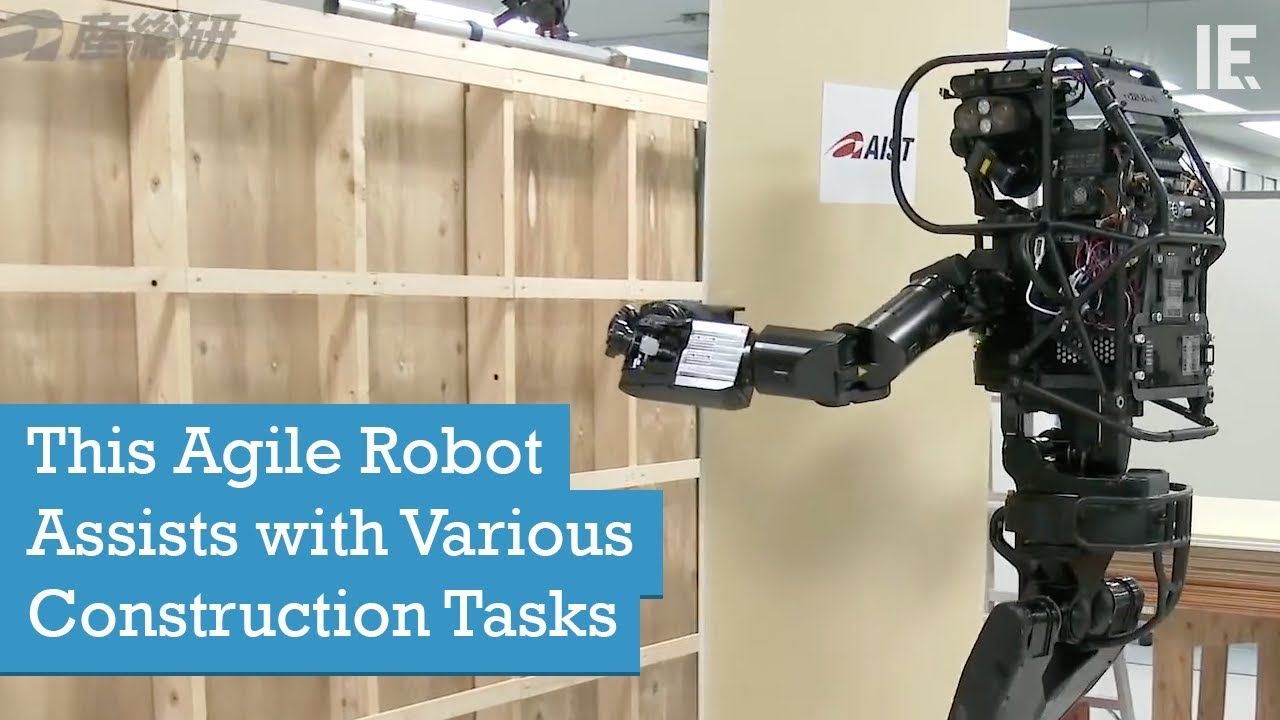Does Chinese commercial space rival government? A story has gone viral in China about the departure of a rocket scientist named Zhang Xiaoping from his job as deputy director of rocket design at the state-owned Xi’an Aerospace Propulsion Research Institute. He was rumored to be helping lead the design of China’s heavy Long March 9 rocket. According to the South China Morning Post, a document posted on a Chinese social media site described how Zhang was “most crucial to the development process,” and had “irreplaceable” talents. The document argued that Zhang’s departure could affect China’s race to send people to the Moon.
Gone to LandSpace … Zhang is rumored to have taken a research position at the private aerospace firm LandSpace (cited above), earning 10 times his previous salary of 120,000 yuan (US$17,400) per year. This is an interesting development, although we have few hard facts from our Western vantage point. However, the Zhang kerfuffle does suggest that some of the same tensions we’re seeing between public and private space in the United States also exist in China with its emerging commercial space market.









